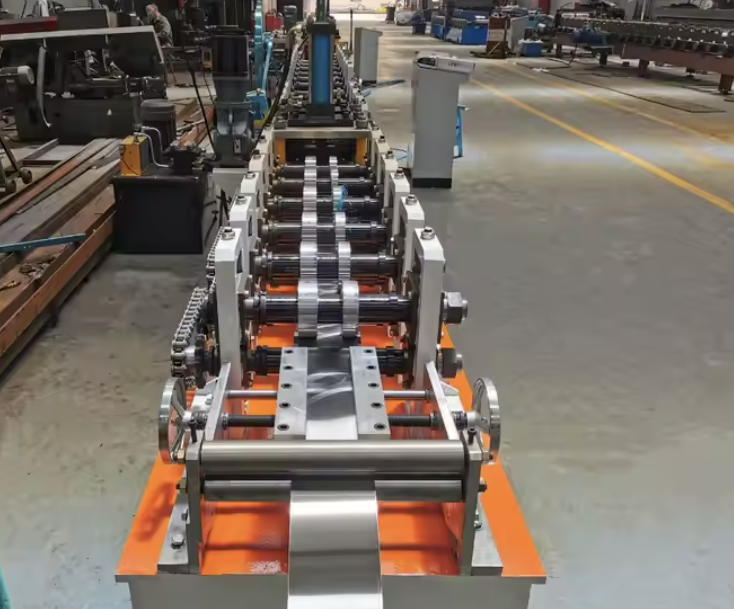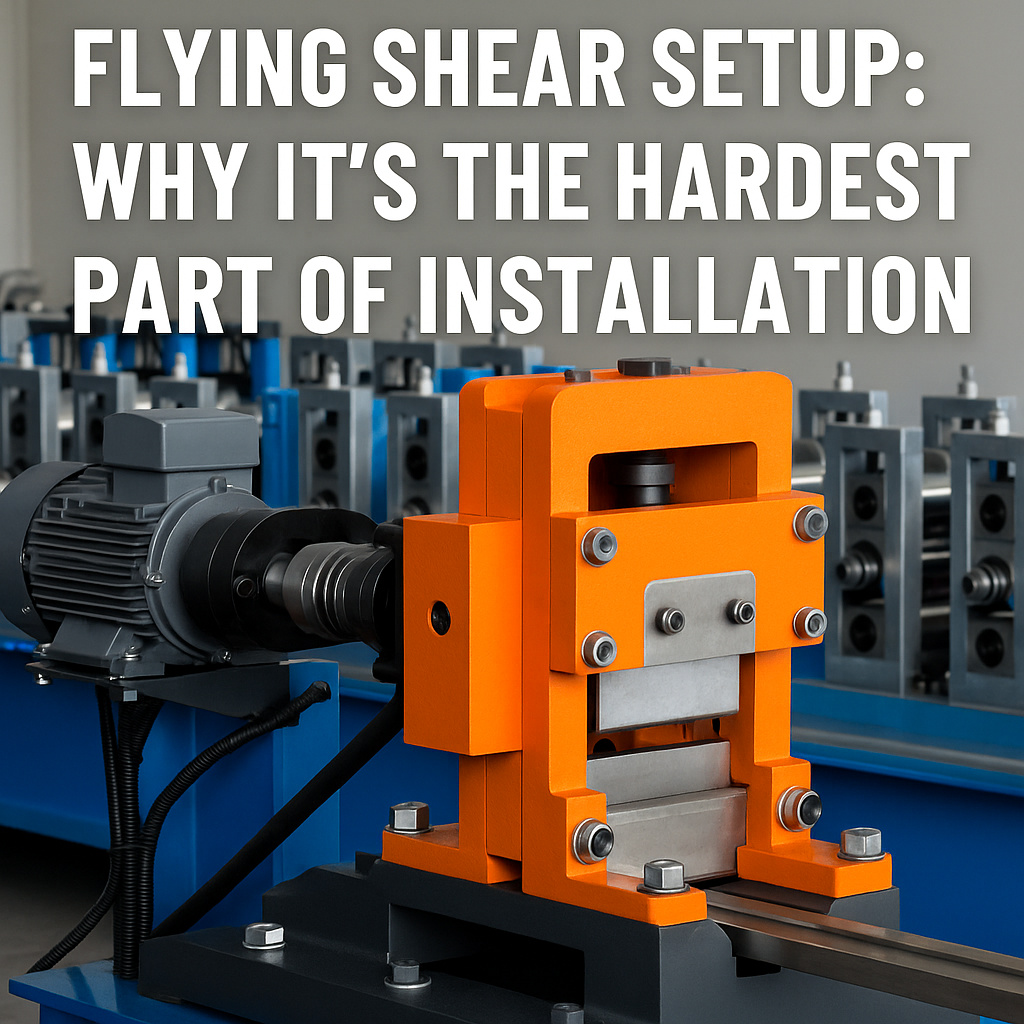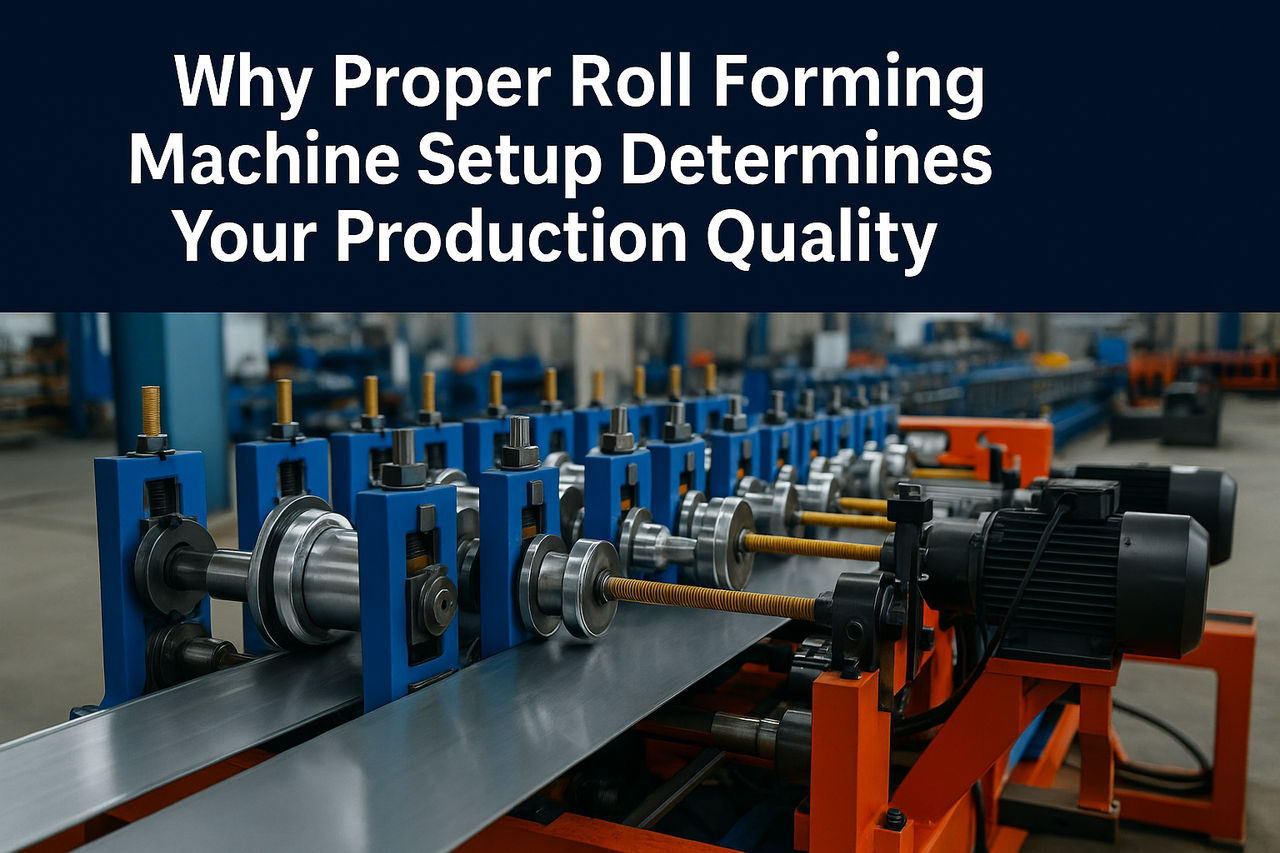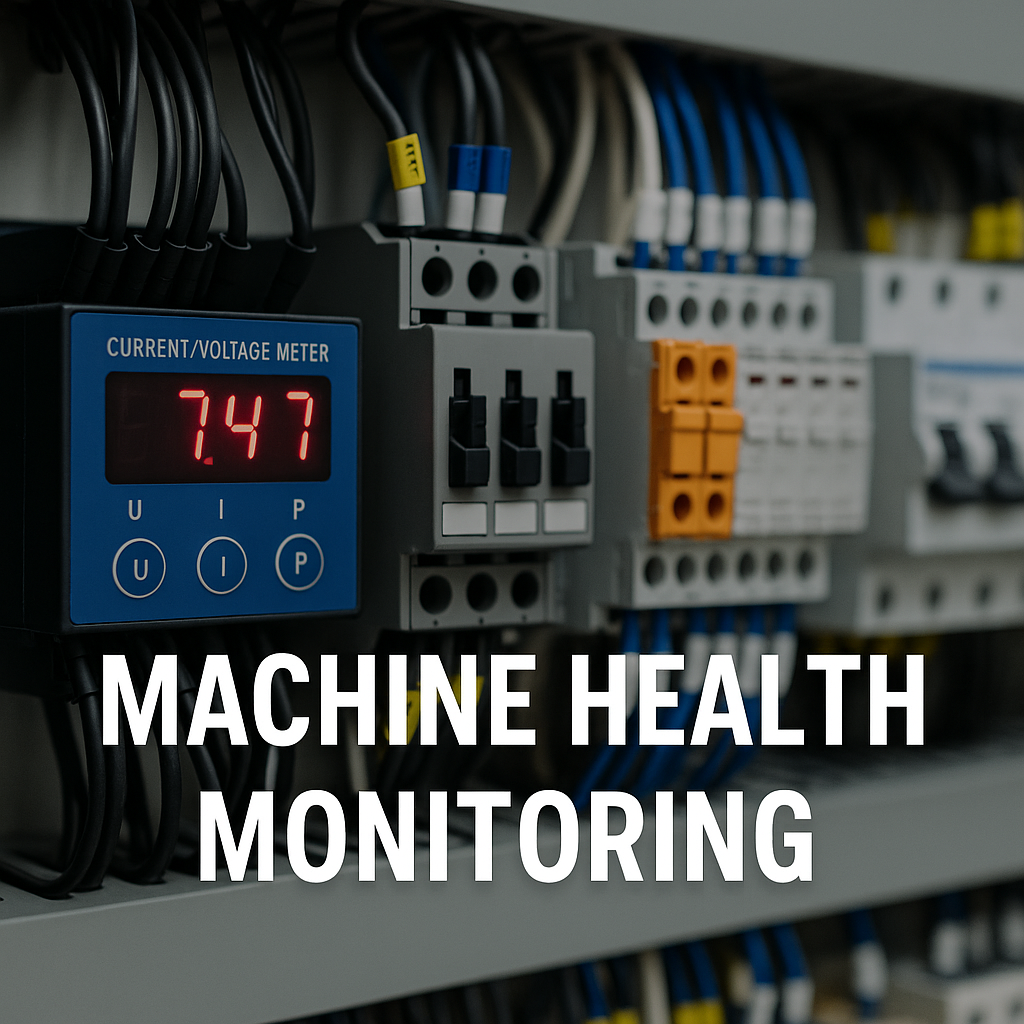
Posted on Thursday, January 11, 2024
South Korea is a hub for advanced manufacturing, and the roll forming machine industry plays a crucial role in producing high-quality profiles for various applications. Roll forming machines are widely used in South Korea’s industrial sector, including construction, automotive, and renewable energy industries. This article explores the most popular roll forming machines in South Korea, their specifications, profiles, industries that use them, and other key factors. It also explains how Machine Matcher can assist in purchasing the right roll forming machine for your business.
Specifications:
Roller Materials: High-grade steel with hard chrome plating
Frame Size: 300-400 mm thick steel frame
Motor: Servo motor with 5-10 HP
Cutting System: Hydraulic cutting with precision control
PLC Control System: Siemens or Mitsubishi with touch screen interface
Speed: 10-20 m/min (higher speed models available)
Popular Profiles: Corrugated panels, trapezoidal panels, and standing seam panels
Industries: Construction, commercial roofing, and residential building projects
Specifications:
Roller Materials: Hardened steel with heat treatment
Motor: 10-15 HP servo motor
PLC Control System: Siemens PLC for automatic punching and cutting
Hydraulic System: High-capacity hydraulic cutter
Speed: 15-30 m/min
Popular Profiles: C, Z, and U-shaped purlins
Industries: Construction, steel structure fabrication, and pre-engineered buildings
Specifications:
Roller Materials: High-quality alloy steel
Frame Size: 350 mm thick steel frame
Motor: 15-20 HP servo motor
PLC System: Advanced control system with auto-cutting
Speed: 12-18 m/min
Popular Profiles: W-beam and thrie-beam guardrails
Industries: Road safety, transportation, and infrastructure
Specifications:
Roller Materials: Hardened steel with anti-rust coating
Motor: 10-20 HP
Hydraulic System: Automatic cutting and punching
Speed: 8-12 m/min
Popular Profiles: Metal decking and composite floor systems
Industries: Commercial buildings, bridges, and infrastructure projects
Specifications:
Roller Materials: High-strength alloy steel
Motor: 7.5-15 HP servo motor
Cutting System: Hydraulic punching and notching system
Speed: 8-15 m/min
Popular Profiles: Door frames, roller shutters, and window channels
Industries: Residential and commercial door manufacturing
Seoul: Home to numerous construction and manufacturing companies that require roofing, decking, and panel profiles.
Busan: A major hub for shipbuilding and industrial steel fabrication, where heavy-duty roll forming machines are commonly used.
Incheon: A center for automotive part manufacturing, using specialized roll forming machines for profiles such as automotive panels and supports.
Gwangju: Known for its focus on renewable energy systems, particularly solar mounting bracket roll forming machines.
Daegu: Home to various infrastructure and road safety projects, where guardrail roll forming machines are in demand.
Routine Cleaning: Regular cleaning to prevent dirt buildup on rollers and tracks.
Lubrication: Periodic lubrication of rollers, chains, and gearboxes to ensure smooth operation.
Alignment Checks: Checking and adjusting roller alignment to prevent profile distortion.
Hydraulic System Maintenance: Inspecting hydraulic oil levels and replacing worn-out seals.
PLC System Inspection: Ensuring software and control panel updates for optimal performance.
Roofing Panel Machines: $30,000 - $80,000 depending on specifications and capacity.
Purlin Roll Forming Machines: $40,000 - $120,000 based on profile type and size.
Highway Guardrail Machines: $60,000 - $150,000 depending on profile width and speed.
Decking Roll Forming Machines: $50,000 - $100,000 depending on production capacity.
Door Frame and Shutter Machines: $25,000 - $70,000 based on size and complexity.
Samco Machinery Korea
Hitech Machinery Co., Ltd.
Shinil Machinery Co., Ltd.
Kang Steel Machinery
Daekwang Roll Forming Technology
Step 1: Install the machine on a stable surface with proper leveling.
Step 2: Connect the electrical supply and hydraulic system.
Step 3: Load the steel coil onto the uncoiler.
Step 4: Set the required profile dimensions in the PLC system.
Step 5: Run a trial profile to ensure correct alignment.
Step 6: Adjust cutting and punching as needed for accuracy.
Step 7: Start production after testing and calibration.
Machine Matcher has extensive experience in providing roll forming machines that meet international standards and client-specific profile requirements. We ensure that every machine is inspected thoroughly before purchase, guaranteeing optimal performance. Whether you are looking for a new machine or a refurbished model, Machine Matcher can guide you through the buying process, from identifying the right specifications to assisting with import and commissioning.
Speak to one of our roll forming machine experts today:
UK: +44 20 335 56554
USA: +1 407 559 7948
Europe: +32 460 24 13 95
WhatsApp: +44 20 335 56554
Email: [email protected]
Roofing and Cladding Panels: For commercial, industrial, and residential buildings.
Highway Guardrails: Safety barriers along roads and highways.
Purlins and Structural Supports: Steel framework for pre-engineered buildings.
Decking Systems: Floor decking for high-rise buildings and infrastructure.
Automotive Parts: Support structures and reinforcements.
Profile Distortion: Check roller alignment and adjust pressure settings.
Inconsistent Cutting: Inspect and replace dull cutting blades.
Hydraulic System Malfunction: Ensure proper fluid levels and replace faulty valves.
PLC Errors: Update the system software and check sensor connections.
Excessive Vibration: Inspect and tighten loose parts or replace worn-out bearings.
Limited Flexibility: Changing profiles requires roller replacement, which can be time-consuming.
Profile Variations: Highly customized profiles may need additional tooling.
Space Requirements: Large machines require ample space for installation and operation.
High Efficiency: Continuous production ensures high output.
Precision and Consistency: Advanced control systems ensure profile accuracy.
Low Material Waste: Optimized cutting and punching reduce scrap material.
Cost-Effectiveness: Suitable for large-scale production with minimal labor.
Versatility: Ability to produce a wide range of profiles for different industries.
Machine Installation: Ensure secure anchoring and leveling.
System Configuration: Set up PLC software with accurate profile parameters.
Trial and Calibration: Run test profiles to calibrate cutting, punching, and speed settings.
Operator Training: Provide detailed training on safety and operation procedures.
Startup Procedure: Ensure the coil is properly loaded and settings are configured.
Routine Checks: Monitor machine performance and inspect critical components.
Hydraulic and Electrical Maintenance: Periodic checks on hydraulic oil and PLC connections.
Preventive Maintenance: Scheduled inspections to prevent downtime.
ISO 9001: Quality management system compliance
CE Certification: Ensuring European safety and quality standards
ANSI Standards: Compliance for machine safety and operational requirements
UL Certification: Electrical and safety compliance
By partnering with Machine Matcher, you can confidently select the best roll forming machine for your business needs. Our experts will guide you through the entire process, ensuring a seamless purchase and successful operation.

Flying Shear Setup: Why It’s the Hardest Part of Roll Forming Machine Installation
Posted on Monday, November 24, 2025
If you want a header image, meta description, or series continuation, just tell me.

Why Proper Roll Forming Machine Setup Determines Your Production Quality
Posted on Monday, November 24, 2025
The #1 factor that decides accuracy, scrap rate, speed, and consistency.

Compliance & Safety Services for Roll Forming Machines — Full Guide
Posted on Sunday, November 23, 2025
How Machine Matcher keeps your machines safe, legal, and fully compliant with CE, UL, and UKCA standards.

Machine Health Monitoring for Roll Forming Machines — Complete Diagnostic Service Guide
Posted on Sunday, November 23, 2025
Continuous diagnostics that prevent breakdowns, reduce downtime, and extend machine life.
Copyright 2025 © Machine Matcher.